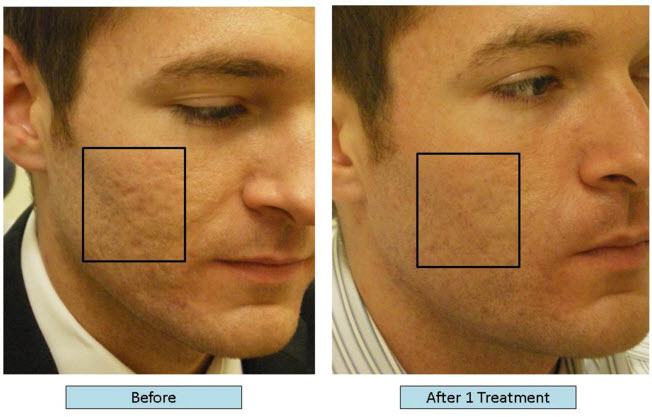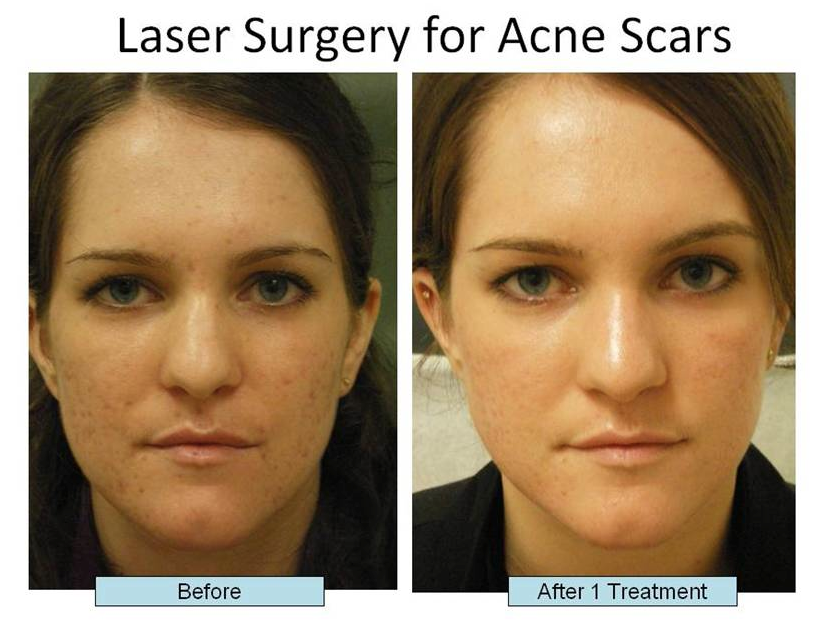Leading Acne Treatment for Sensitive Skin: Gentle Solutions for Clear Skin
A Comprehensive Overview to Managing Skin Disease: Concentrating On the Treatment of Acne Marks
Acne scars stand for a significant concern for several individuals, often affecting self-esteem and total skin wellness. Comprehending the numerous types of acne marks, such as atrophic and hypertrophic, is vital for effective administration and therapy. This guide lays out a spectrum of healing choices, from topical representatives to advanced expert treatments, each tailored to attend to specific mark characteristics. Including lifestyle changes and a committed skincare routine can play a crucial role in enhancing treatment outcomes. As we check out these techniques, the inquiry develops: what combination will yield one of the most reliable outcomes for optimum skin recovery?
Understanding Acne Scars
Understanding acne marks involves recognizing the complex interplay between skin recovery and the inflammatory procedures that take place throughout acne episodes. Acne creates when hair roots end up being blocked with oil, dead skin cells, and bacteria, resulting in swelling. skin rejuvenation treatments. This inflammatory feedback is vital for combating infection however can also result in damage to the skin's cells
When the body attempts to heal itself, it generates collagen, a healthy protein necessary for skin structure. The amount and high quality of this collagen can vary, leading to various kinds of marks. Elements influencing mark formation include the extent of the acne, private skin type, genes, and the body's recovery reaction.
Prompt management of breakouts minimizes inflammation and tissue damages, which are vital variables in scar advancement. Inevitably, understanding the hidden mechanisms of acne and its recovery procedure is vital for efficient monitoring and avoidance of acne scars.
Kinds Of Acne Marks
The complexity of acne scars can be categorized into a number of distinctive types, each showing the underlying skin damage and healing response. The most usual types consist of atrophic marks, hypertrophic marks, and keloids.
Atrophic marks are defined by depressions in the skin and are usually the outcome of not enough collagen manufacturing during the healing process. These marks can further be categorized into icepick, boxcar, and rolling marks, each differing in form and depth. Icepick scars are deep and narrow, appearing like tiny slits, while boxcar scars have a wider, a lot more angular appearance. Rolling scars produce a wave-like structure on the skin's surface.
Hypertrophic marks, on the other hand, are increased and result from an overproduction of collagen throughout healing. These scars may differ in size and can often discolor in time but may stay popular.
Keloids are an extra extreme kind of hypertrophic scarring, extending beyond the original injury site and commonly needing extra hostile therapy alternatives. Understanding these kinds is necessary for identifying the most reliable therapy strategy tailored to an individual's details scar kind and skin problem.
Topical Treatments
Topical treatments play an important function in taking care of acne marks, offering people a variety of choices targeted at enhancing skin structure and look. These therapies mostly concentrate on advertising skin regeneration, minimizing pigmentation, and enhancing total skin tone.
One of one of the most widely used topical agents is retinoids, which are by-products of vitamin A. Retinoids stimulate collagen manufacturing and increase cell turnover, assisting to lessen the look of scars over time. In addition, alpha hydroxy acids (AHAs) and beta hydroxy acids (BHAs) can scrub the skin, removing dead skin cells and promoting a smoother surface.
One more reliable classification consists of topical antioxidants, such as vitamin C, which can aid to lighten hyperpigmentation connected with acne marks while supplying anti-inflammatory benefits. Silicone gels and sheets have been shown to moisten and squash scars, making them less recognizable.

Professional Therapy Choices
When it pertains to dealing with a lot more severe acne marks, clients commonly transform to expert treatment choices that can provide more dramatic outcomes than topical therapies alone. These treatments are commonly provided by skin specialists or certified professionals and consist of different methodologies tailored to individual skin types and scar intensity.
One of one of the most usual therapies is chemical peels, which utilize acids Discover More Here to scrub the skin and advertise regeneration. This approach can dramatically decrease the look of surface marks. Microneedling, another efficient option, includes developing micro-injuries in the skin to boost collagen manufacturing, improving texture and decreasing scars.
Laser therapy is likewise widely utilized, with fractional lasers particularly targeting marked regions while protecting bordering skin. This method can generate exceptional enhancements in skin look over a number of sessions - acne treatment for sensitive skin. Furthermore, facial fillers are made use of to restore volume and smooth out uneven skin surfaces, offering immediate, albeit momentary, results
Way Of Life and Natural Home Remedy
Incorporating lifestyle adjustments and home remedies can play a considerable function in managing acne marks, enhancing expert therapies. Preserving a well balanced diet plan rich in minerals, vitamins, and antioxidants can assist in skin healing. Foods high in vitamin C, such as citrus fruits, and those including zinc, like nuts and seeds, advertise skin regrowth and aid minimize inflammation.
Hydration is also crucial; alcohol consumption adequate water maintains the skin hydrated, aiding in its all-natural repair processes. Regular exercise enhances blood circulation, which can improve nutrient delivery to the skin and boost total skin.
In enhancement to dietary adjustments, incorporating topical home solutions can be valuable. Natural active ingredients such as aloe vera, tea, and honey tree oil possess anti-inflammatory and antibacterial residential or commercial properties, which may assist in decreasing the look of scars. Exfoliating the skin with gentle scrubs can also advertise cell turn over, helping in the fading of marks gradually.
Moreover, establishing a consistent skincare routine that includes sunlight protection is essential, as UV exposure can use this link dim scars. By integrating these lifestyle alterations and natural home remedy, individuals can improve their skin's healing process and accomplish an extra even skin tone.
Conclusion

Comprehending acne marks includes acknowledging the intricate interplay between skin healing and the inflammatory procedures that occur throughout acne outbreaks. Factors affecting mark development consist of the extent of the acne, specific skin type, genetics, and the body's recovery action.
These scars can better be categorized into icepick, boxcar, and rolling marks, each differing in shape and deepness. Icepick scars are deep and slim, appearing like small punctures, while boxcar marks have a bigger, more angular look.Efficient administration of acne scars demands a comprehensive understanding of their kinds and the hidden mechanisms involved in scar formation.